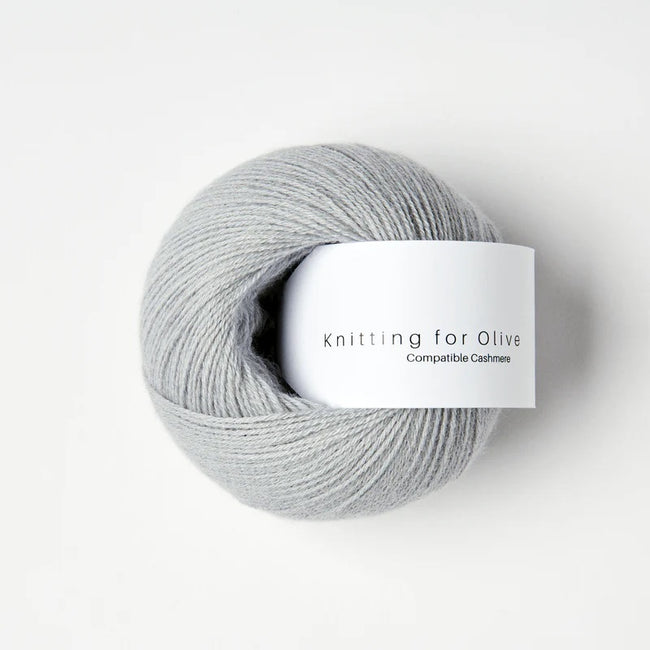Understanding the Unique Qualities of cashmere fibre for Ultimate Comfort
Understanding the Unique Qualities of cashmere fibre for Ultimate Comfort
Blog Article
Checking Out the Various Sorts Of Cashmere a Natural Fiber for Ultimate High-end
Cashmere, a natural fiber, is usually connected with high-end and convenience. Not all cashmere is produced equivalent. From the highly soft Mongolian selection to the light-weight warmth of Indian Pashmina, each kind provides its own distinct functions and appeal. The more budget-friendly Chinese cashmere, the typical Scottish variant, and the premium Italian mix, all tell a various tale of this remarkable fiber. As we unwind the world of cashmere, a deeper understanding of its true worth and class starts to emerge.
Understanding the Elegant Nature of Cashmere
Cashmere, typically linked with luxury and convenience, holds an unique attraction in the globe of all-natural fibers. Unlike various other natural fibers, cashmere combines insulation with breathability, offering unmatched convenience across differing temperatures. Its shiny surface and soft texture add to its high-end appeal, validating the premium cost that often comes with cashmere garments.
Just What Is Cashmere and Where Does It Come From?

Given these remarkable qualities, one may question regarding the origin and makeup of this elegant fiber. Cashmere is originated from the soft undercoat of cashmere goats, primarily discovered in Mongolia, China, Iran, and Afghanistan - is cashmere a natural fiber. These goats are adjusted to extreme climatic problems, creating an extremely fine, soft underfur as a protection versus the bitter cold. This underfur, or undercoat, is what is collected for cashmere. Each spring, when the goats naturally lost their winter coat, farmers comb the great underhair, leaving the coarser hair behind. This careful process adds to the deficiency and high price of cashmere. With its origin in the harsh landscapes of Asia, cashmere is a testament to nature's capability to create deluxe from difficulty.
Decoding the Different Sorts Of Cashmere
Understanding the various kinds of cashmere is vital to valuing the top quality and special qualities of this lavish fabric. Usually, cashmere is classified into three kinds: raw, virgin, and recycled. Raw cashmere is directly gotten from the goat and is unprocessed. This type frequently consists of contaminations such as dirt and rugged hair. Virgin cashmere, on the other hand, is the pure, unrecycled material that is rotated right into yarn for the first time. It is the softest and most lavish. Recycled cashmere is made from virgin material that has actually been previously utilized. It is re-spun and utilized in creating lower-cost cashmere products. Deciphering these kinds is the very first step in recognizing the exclusivity and worth of cashmere.

The Distinct Qualities of Each Type of Cashmere
Having actually explored the different categories of cashmere, it emerges that each type boasts its one-of-a-kind set of qualities. Mongolian cashmere, as an example, is renowned for its superior quality, as a result of Mongolia's extreme winter seasons that produce longer and finer fibers. On the other hand, Chinese cashmere is typically cashmere fibre a lot more budget friendly, though its much shorter fibers can minimize longevity. Scottish cashmere is celebrated for its exquisite soft qualities, an outcome of the standard water cleaning procedure making use of Scotland's soft water. Italian cashmere, on the other hand, is renowned for its skillful blending and coloring methods, rendering it versatile and lively. Indian cashmere, also known as Pashmina, is cherished for its extraordinary agility and heat. Each type, hence, adds to the fabric's online reputation for luxury.
Why Cashmere Is the Embodiment of Deluxe in vogue
Cashmere holds a renowned setting in the world of style, considered as a symbol of high-end and class. Its appeal is not simply in its gentleness and heat, yet additionally in its rarity and the careful procedure associated with its purchase. Cashmere is stemmed from the great undercoat of Himalayan goats, understood for their premium top quality fiber. The deficiency of this fiber, combined with the labor-intensive process of collection, adds to its high cost and exclusive standing. Cashmere's unmatched convenience and sturdiness make it a desired material in the creation of high-end garments. Its natural lightweight and insulating homes contribute to its worth, making it the embodiment of deluxe in style.
The Refine of Making Cashmere: From Goat to Garment
The journey of cashmere, from being an undercoat of a Himalayan goat to a luxurious garment, is a detailed one. This mix is after that painstakingly divided, with just the soft down used for cashmere. From goat to garment, each action is a testimony to the patience, artistry and ability included in crafting cashmere.

Verdict
In final thought, cashmere, with its natural elegance and unmatched convenience, rules supreme worldwide of luxury style. The diversity in types, ranging from the soft Mongolian, light-weight Indian Pashmina, budget-friendly Chinese, conventional Scottish, to the colorful Italian, discloses the flexibility of this natural fiber. The meticulous process of changing it from a goat to a garment additionally contributes to its exclusivity, making cashmere the embodiment of refinement and high-end.
Cashmere, an all-natural fiber, is usually connected with luxury and comfort (is cashmere a natural fiber).Cashmere, often connected with luxury and comfort, holds an one-of-a-kind appeal in the world of all-natural fibers. Unlike other all-natural fibers, cashmere combines insulation with breathability, supplying exceptional convenience throughout varying temperatures. Cashmere is acquired from the soft undercoat of cashmere goats, largely found in Mongolia, China, Iran, and Afghanistan. Cashmere is acquired from the fine undercoat of Himalayan goats, understood for their premium quality fiber
Report this page